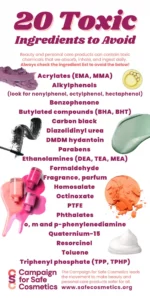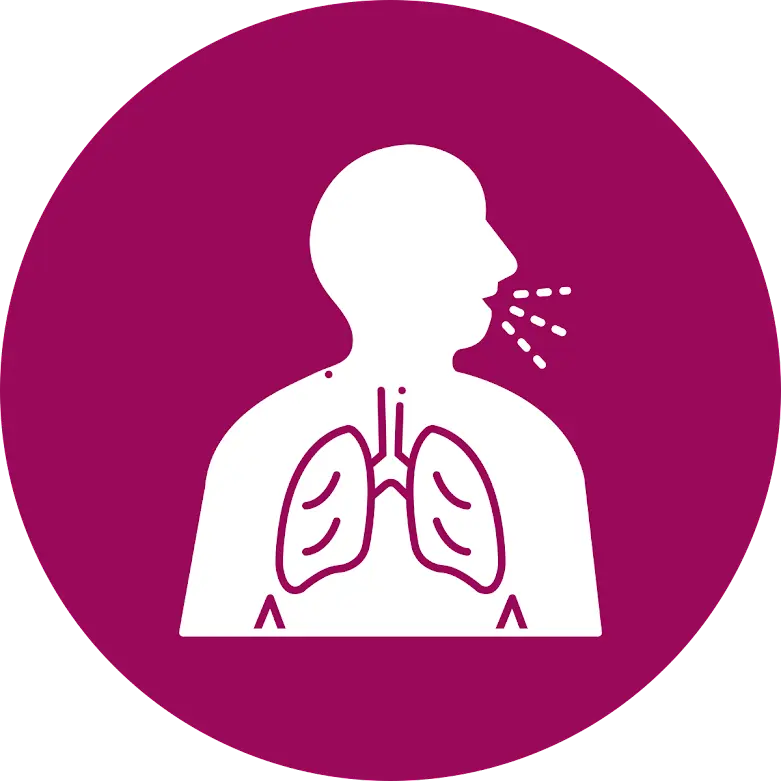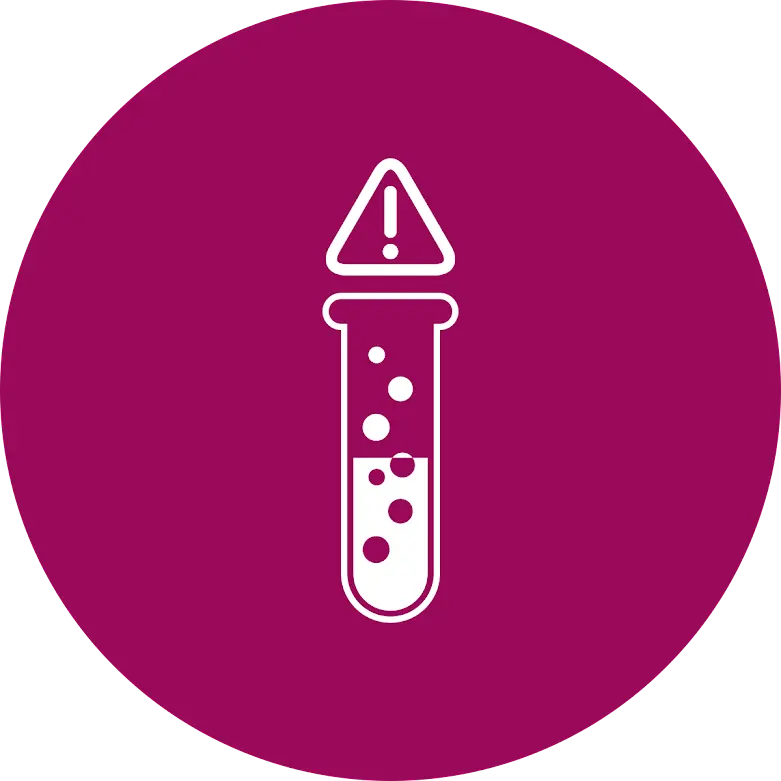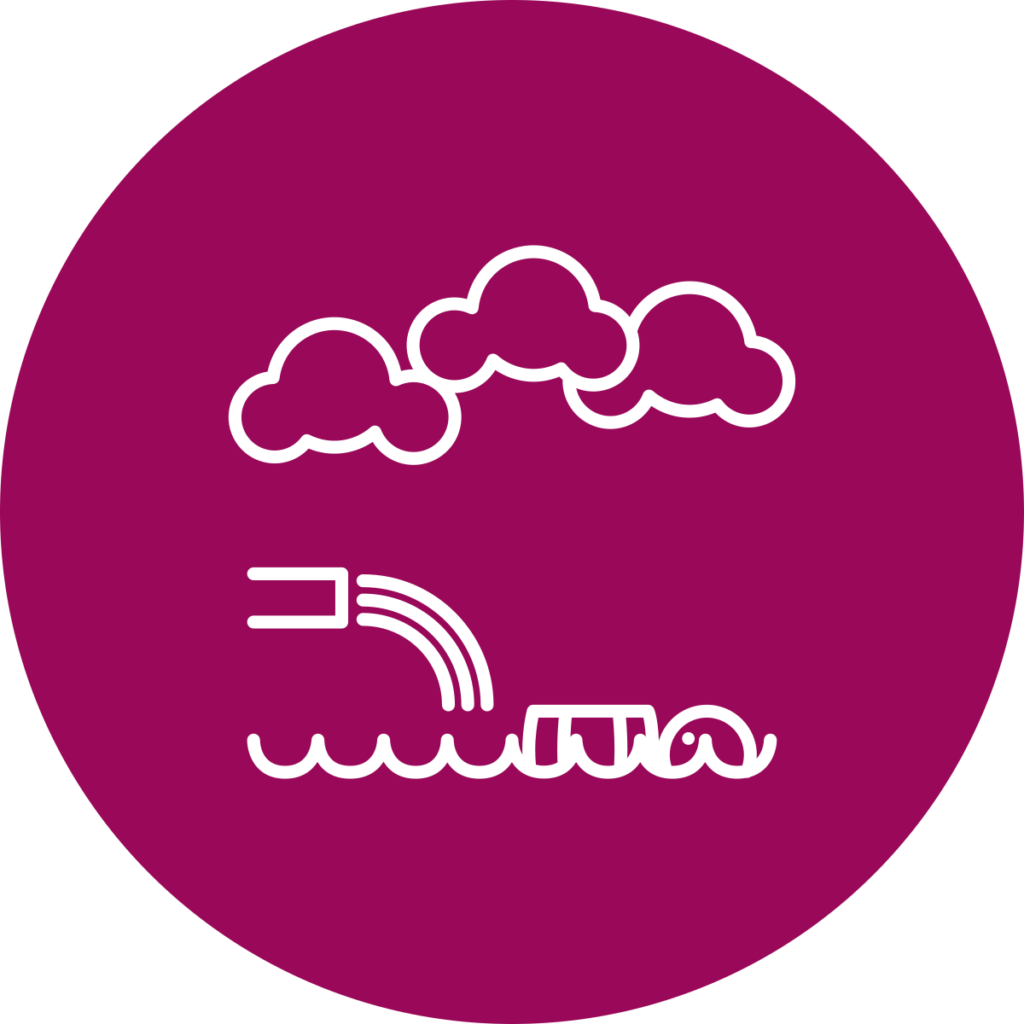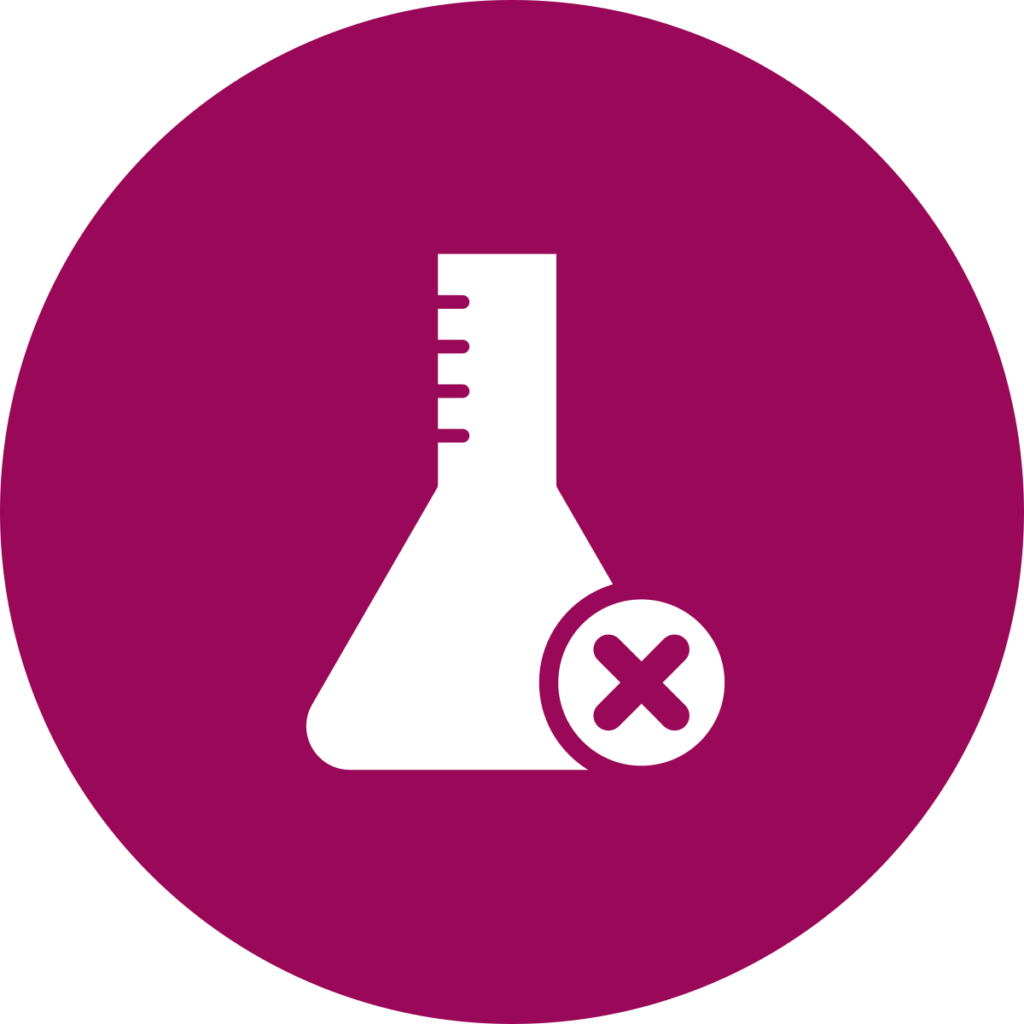Home > Population > Pregnant Women
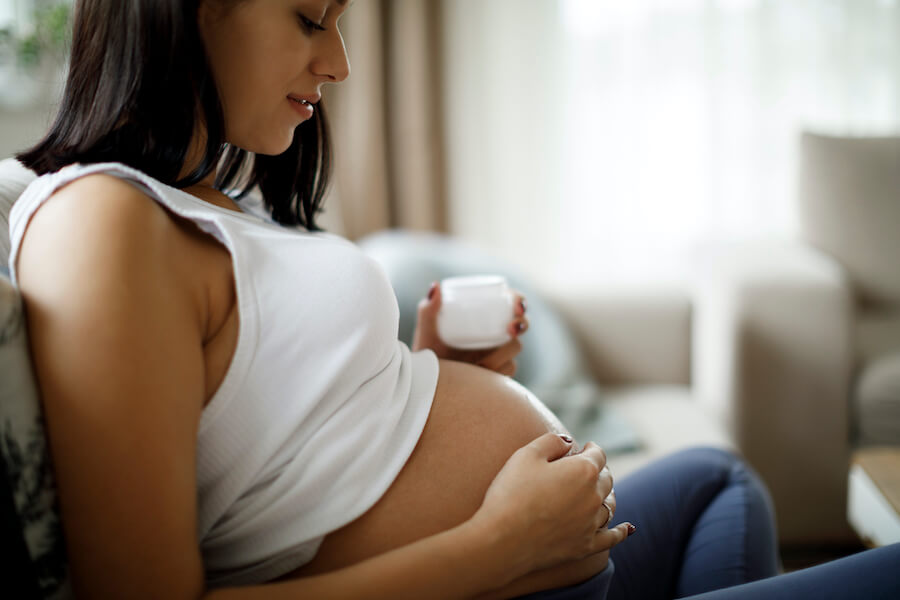
As mothers and fetuses grow and change over nine months, many moms take the chance to re-evaluate some aspects of life, including the foods they eat and their exposures to unsafe chemicals. Beyond the typical advice pregnant women receive from their physician to stop smoking, reduce alcohol consumption, and eat a healthy and balanced diet, we recommend that women green their personal care product routine.
A significant and growing body of research shows that pregnant women’s exposure to chemicals — particularly endocrine-disrupting compounds— can negatively affect normal development and may even increase their child’s risk for later life disease. For example, certain phthalates have been shown to affect the androgen system (“male” hormones) and may cause physical abnormalities in male offspring of exposed mothers, such as undescended testes, reduced distance between the anus and genitals, and other effects that would indicate a problem with normal fetal development and sex differentiation.[1],[2],[3]
Starting in the ninth week of pregnancy and continuing on to birth (otherwise known as the fetal stage), hormones direct the development of the reproductive and endocrine systems (which regulate metabolism and other aspects of development) of a baby and also the mother, getting her body ready for birth and breastfeeding. This is a very sensitive window of susceptibility, and it is important to make sure that both moms (and babies) are extra careful to reduce and avoid exposure to possible endocrine disrupting compounds, reproductive and developmental toxicants, and carcinogens. Prenatal development is intimately tied with what the mother consumes. Similarly, personal care products and cosmetics may also reach a developing fetus, so it is important to look at what is in your makeup bag and the treatments you have during pregnancy.
[1] Foster, P. (2005). Disruption of reproductive development in male rat offspring following in utero exposure to phthalate esters. Int J Androl, 29, 140–147.
[2] Latini G, Del Vecchio A, Massaro M, et al. (2006). Phthalate exposure and male infertility. Toxicol, 226:90-98.
[3] Swan, S., Main, K., Liu, F., Stewart, S., Kruse, R., Calafat, A., … Teague, J. (2005). Decrease in anogenital distance among male infants with prenatal phthalate exposure. Environ Health Persp, 113, 1056–1061.
Looking for a Safer Alternative?
Use Clearya’s app to find non-toxic products! Clearya alerts you to toxics and helps you find safe products.
FILTER BY:
Get our emails to stay in the know.
This site is protected by reCAPTCHA and the Google Privacy Policy and Terms of Service apply.
get to know us
take action
BCPP is a 501(c)3 | EIN: 94-3155886 | Privacy Policy | Site Map | BCPP.org
